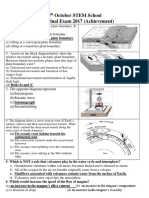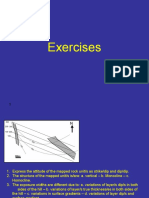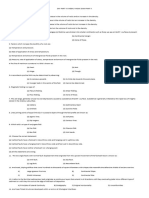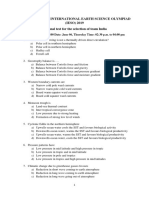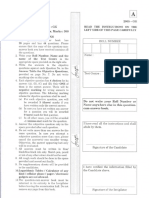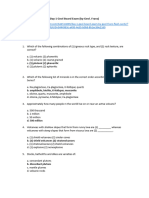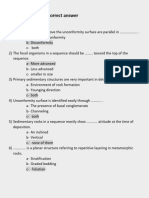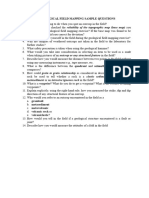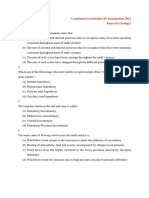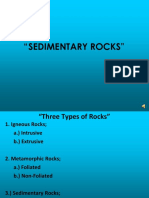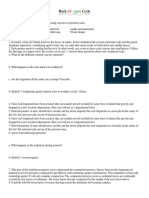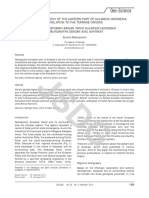0% found this document useful (0 votes)
32 views11 pagesC Geologic Mapping
The document outlines the structure and rules for the Geologic Mapping test at the Kenston Invitational 2024, including participant information and scoring guidelines. It consists of a series of questions covering various geological concepts, calculations, and map interpretations. The test is designed to assess knowledge in geology within a 50-minute timeframe.
Uploaded by
pranu.yaramallaCopyright
© © All Rights Reserved
We take content rights seriously. If you suspect this is your content, claim it here.
Available Formats
Download as DOCX, PDF, TXT or read online on Scribd
0% found this document useful (0 votes)
32 views11 pagesC Geologic Mapping
The document outlines the structure and rules for the Geologic Mapping test at the Kenston Invitational 2024, including participant information and scoring guidelines. It consists of a series of questions covering various geological concepts, calculations, and map interpretations. The test is designed to assess knowledge in geology within a 50-minute timeframe.
Uploaded by
pranu.yaramallaCopyright
© © All Rights Reserved
We take content rights seriously. If you suspect this is your content, claim it here.
Available Formats
Download as DOCX, PDF, TXT or read online on Scribd
/ 11







